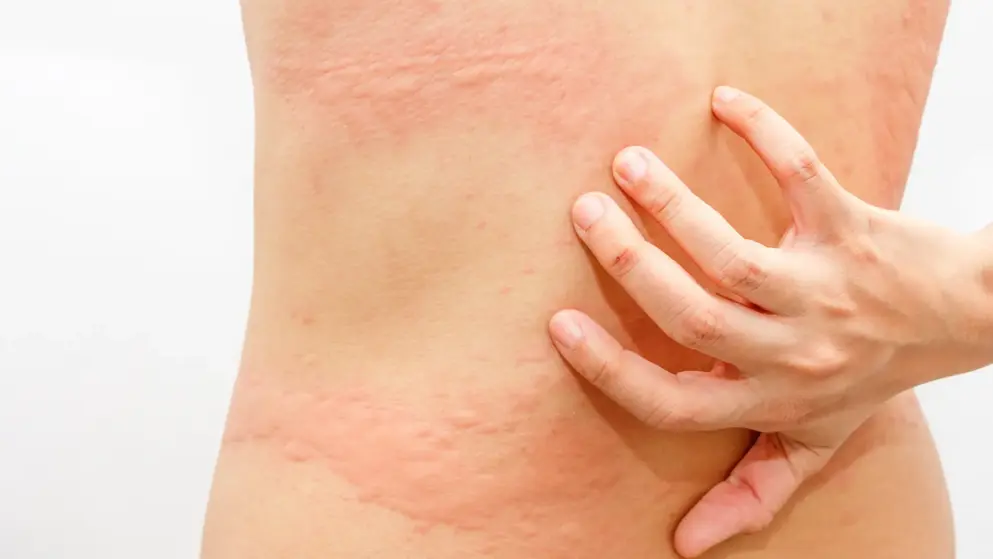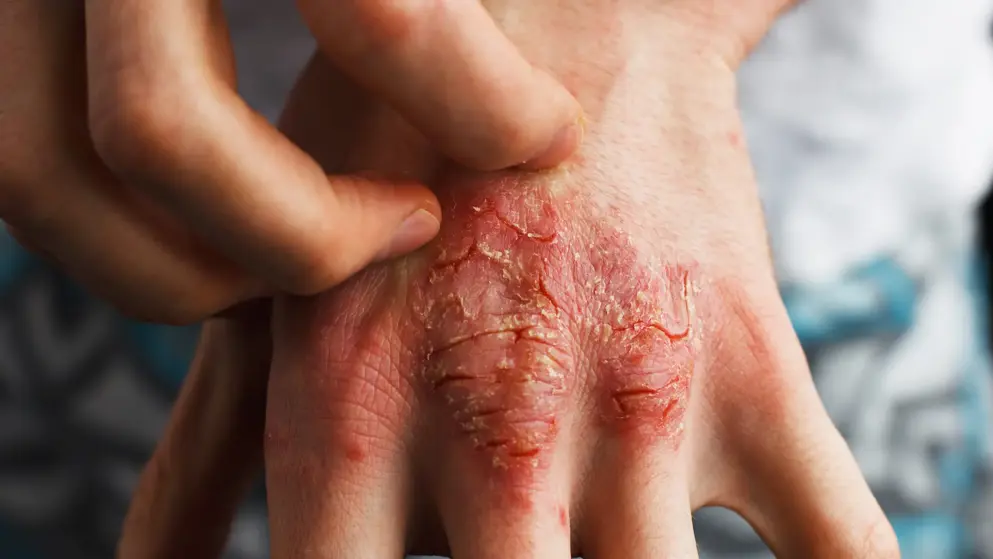
Severe itch linked to higher burden in CSU
By Agata Buczak
Data from the CURE registry suggest that patients with chronic spontaneous urticaria (CSU) who experience severe itch are more likely to show signs of systemic inflammation, report comorbid depression, and make greater use of healthcare services – all indicators of increased disease burden and reduced quality of life.
“Adequate management of itch in this patient population is paramount to reducing the associated humanistic and socioeconomic burden in CSU,” write Jules Stolz (Charité – Universitätsmedizin, Berlin, Germany) and colleagues in the Journal of Allergy and Clinical Immunology: In Practice.
The researchers analyzed data from 3,045 adults with CSU enrolled in the Chronic Urticaria Registry (CURE), an international database. Most participants were women (74.3%), with a mean age of 44.4 years and an average disease duration of 5.3 years. Patients rated their itch severity over the previous week as none, mild, moderate, or intense; 32.5% of patients reported moderate itch while 25.9% reported intense itch.
Several clinical characteristics varied across itch severity groups. Patients with mild, moderate, or intense itch more often presented with elevated leukocyte counts (10.6% vs 8.9%) and higher erythrocyte sedimentation rates (20.6% vs 15.1%) compared with those without itch. Moreover, multivariable analysis showed that depression, malaise, and recurrent unexplained fever were more common in patients experiencing severe itch. These patients also reported more frequent use of both first- and second-generation H1-antihistamines.
The findings also highlight the impact of itch on patients’ wellbeing and productivity. Those with intense itch more frequently reported sleep disturbance than those with no itch (3.4 vs 0.1 days in a previous week), a complication the researchers describe as “often overlooked.” They also had more missed workdays (0.3 vs 0.2 days per year) and visits to general practitioners (3.3 vs 1.5 visits per year) compared with patients reporting no itch.
In addition, patients with intense itch had greater use of healthcare resources, having been more likely to have visited a primary care provider, dermatologist, allergist, or emergency department in the past 12 months. Their reported quality of life, assessed using the Chronic Urticaria Quality of Life Questionnaire (CU-Q2oL), declined with increasing itch severity.
The authors conclude that itch severity may serve as a practical marker of CSU disease burden and support its routine assessment in clinical care.
That said, they caution that the study’s cross-sectional design limits causal conclusions due to potential patient selection bias and itch severity being assessed only at baseline.
Developed by EPG Health for Medthority, independently of any sponsor.



